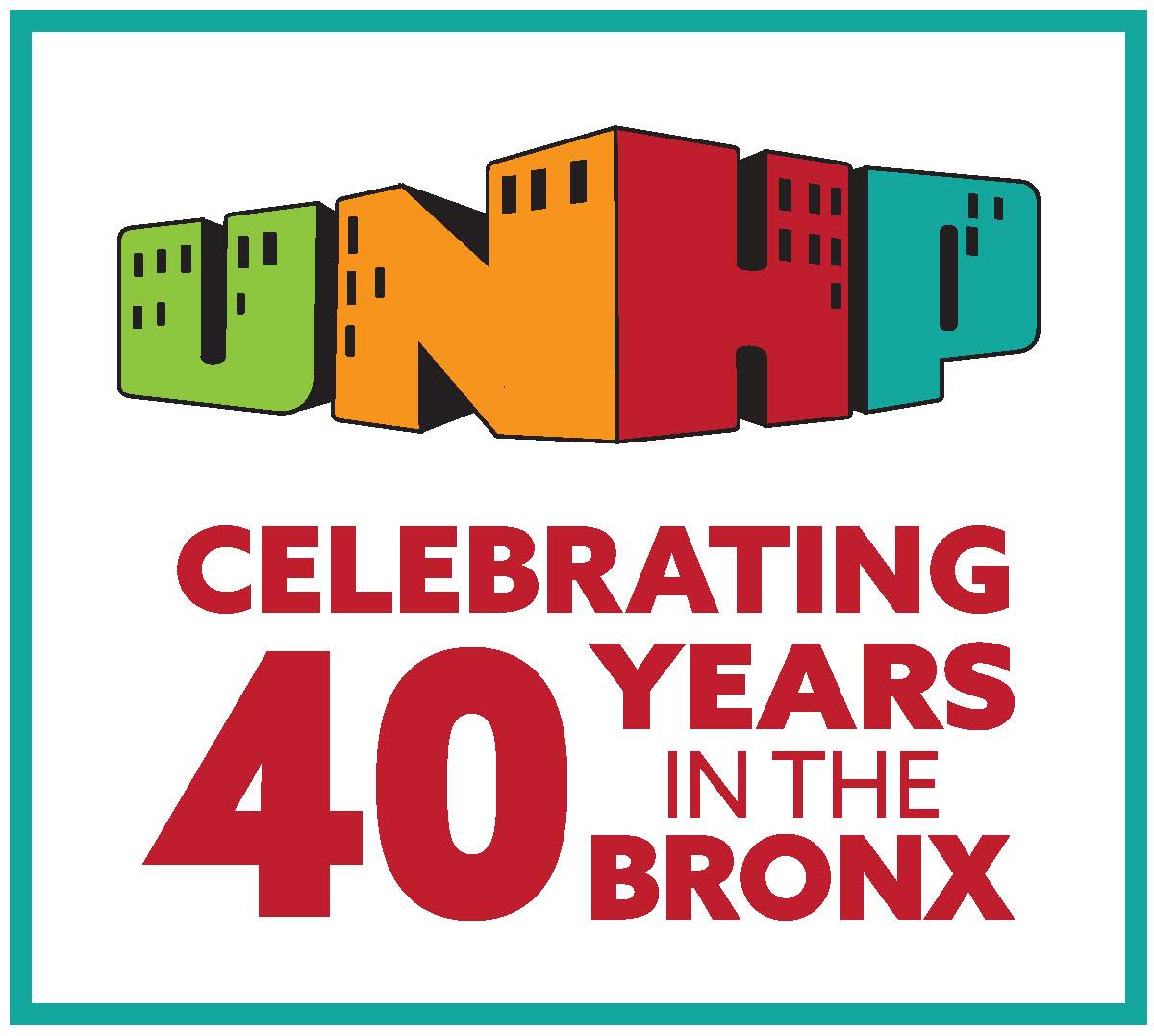The six-story apartment building at 2710 Bainbridge Ave. in the Bronx has buckling ceilings, broken windows, leaking pipes and burgeoning roach and rodent populations. It has racked up 1,000 city housing-code violations and nearly $850,000 in liens for everything from back taxes to water bills.
As bad as 2710 Bainbridge is, it's not alone. It's just one of 1,890 properties in the Bronx, Brooklyn, Manhattan and Queens that have been flagged as physically and financially distressed by the massive new Building Indicator Project database, up 19% from a year earlier. Developed by the nonprofit University Neighborhood Housing Program, BIP uses a proprietary scoring system to analyze data on 57,857 buildings across the four boroughs to rank buildings, from sound to failing.
“This was the first tool to collect critical information from a number of sources,” says Rafael Cestero, commissioner of the city's Department of Housing Preservation and Development. “It has allowed us not only to identify [financially overextended] properties but to leverage that information in our discussions with banks and lenders.”
UNHP will begin offering subscriptions to the database by the end of June, and city agencies, banks, affordable-housing developers, and tenant and community groups are already lining up. The nonprofit has compiled and analyzed comprehensive building information—ranging from housing-code violations and liens to property records—on rental buildings with more than six units across the city, except Staten Island. Its scoring system assigns points for each problem and flags any property with more than 800 points as physically or financially endangered.
A long process
“BIP has an amazing wealth of information,” says Dina Levy, director of the Urban Homesteading Assistance Board in Manhattan.
UNHP has been amassing that information for a long time. The organization began tracking properties in the Bronx seven years ago and added Brooklyn, Manhattan and Queens last year, with the help of $100,000 in grants and technical support from Enterprise Community Partners Inc., a nonprofit that builds and preserves affordable housing. The grant will also pay for as many as 40 community groups to subscribe to the database.
“It's an early-warning system so buildings will get the attention they need,” says Abby Jo Sigal, vice president and New York director at Enterprise.
The need for such a system is growing along with the number of distressed properties—such as the Ocelot, a 14-building complex in the Bronx that was bought by Mo Vaughn's affordable-housing firm Omni New York in a foreclosure auction late last year. In Manhattan alone, the number of buildings in that category has nearly doubled in the past year, to 531.
New Settlement Apartments' Community Action for Safe Apartments, a Bronx community group, is already using the data to identify troubled buildings; it then mobilizes tenants and files lawsuits against landlords to do something about them, according to Tamara Czyzyk, the program's director of organizing.
Other groups will use it to do much the same.
“We have limited resources, so we can't look at every building,” says Harold Schultz, a senior fellow at Citizens Housing & Planning Council in Manhattan. “BIP tells you which building you should look at first.”
Banks—increasingly pressured by city agencies and tenant groups to address issues at deteriorating buildings on which they hold mortgages—are among the entities that will find the database useful. Among other things, the service can alert them if borrowers are paying off their mortgages but failing to maintain their properties. UNHP Director Jim Buckley says a dozen banks have expressed interest in BIP.
Like most weighted scoring systems, the BIP is not foolproof. UNHP notes that some buildings that are flagged may not really be on the verge of distress.
“Sometimes, there are exceptions,” says Mr. Buckley, who notes that the system may flag buildings that are actually under renovation.
After 27 years in business, UNHP has gotten good at sorting out good buildings from bad. Since it was founded by Fordham University the nonprofit has worked on housing-preservation projects and lobbied for better living conditions. It has also granted $4.5 million in project loans through a separate fund it established in 1988.
“Long before overleveraging became an issue, UNHP was doing a block-by-block analysis of housing stock in the Bronx,” says housing advocate Ms. Levy.
